Dance
When people move in time
to music they are dancing. People have a natural urge to move in
time to rhythms. Children jump up and down when they are excited;
babies mov enaturally to rhythms they hear or feel. In dancing
,these natural movenents are organized into rhythmic and visual
patterns. Different dances have developed all over the world, and
are performed for different reasons. dancing can be both an art
form and recreation. It can express an emotion, tell a story, or
set a mood.
Origins
Dancing is one of the oldest art
forms. The first dance may have evolved from spontaneous stamping
steps. These steps were later given rhythms and shapes and
accompanied by grunts and shouts.
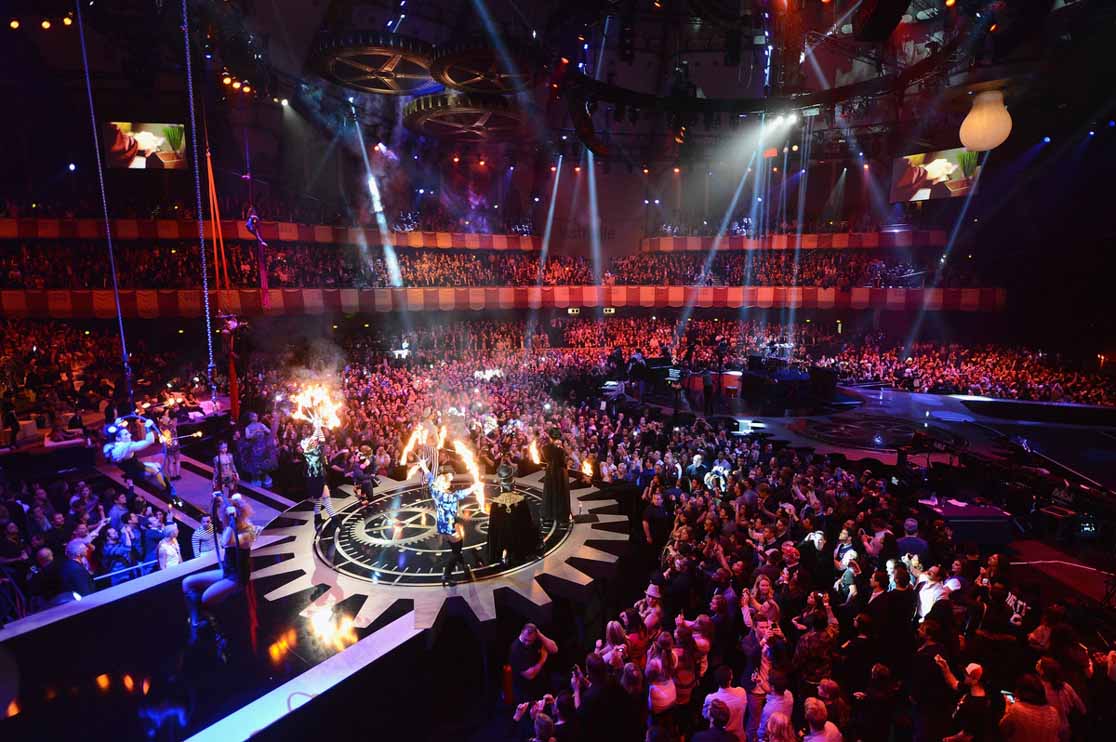
Dance as a Entertainment
The ancient Greeks made dance the basic of all
their theatre. The chorus in a Greek play was a group of actors who
danced and sang a commentary o the
action
Indian Dance
India has a very rich tradition of classical and non-classical dance. The Natya Shastra, which is the oldest surviving text on stagecraft in the world, spends a considerable time discussing it. In the old days of the theatre, the dancers would mime the story while the singers would sing the dialogue. The instrumentalists would accompany them all. The nature of the old theatre was such that the dancers occupied a central position.
For many centuries the dancers were attached to the temples. This maintained a strong religious flavour to dance. Even today many of the traditional themes are mythological in nature.
Over the centuries different areas have given their own colour to the ancient classical tradition. Today the acknowledged classical styles are: Bharatnatyam of Tamil Nadu, Kathakali of Kerala, Kuchipudi of Andhra Pradesh, Manipuri of Northeast India, Orissi from Orissa, and Kathak from north India and Pakistan. Each of these styles has a strong regional connection and none can claim to be representative of the entire Indian subcontinent.
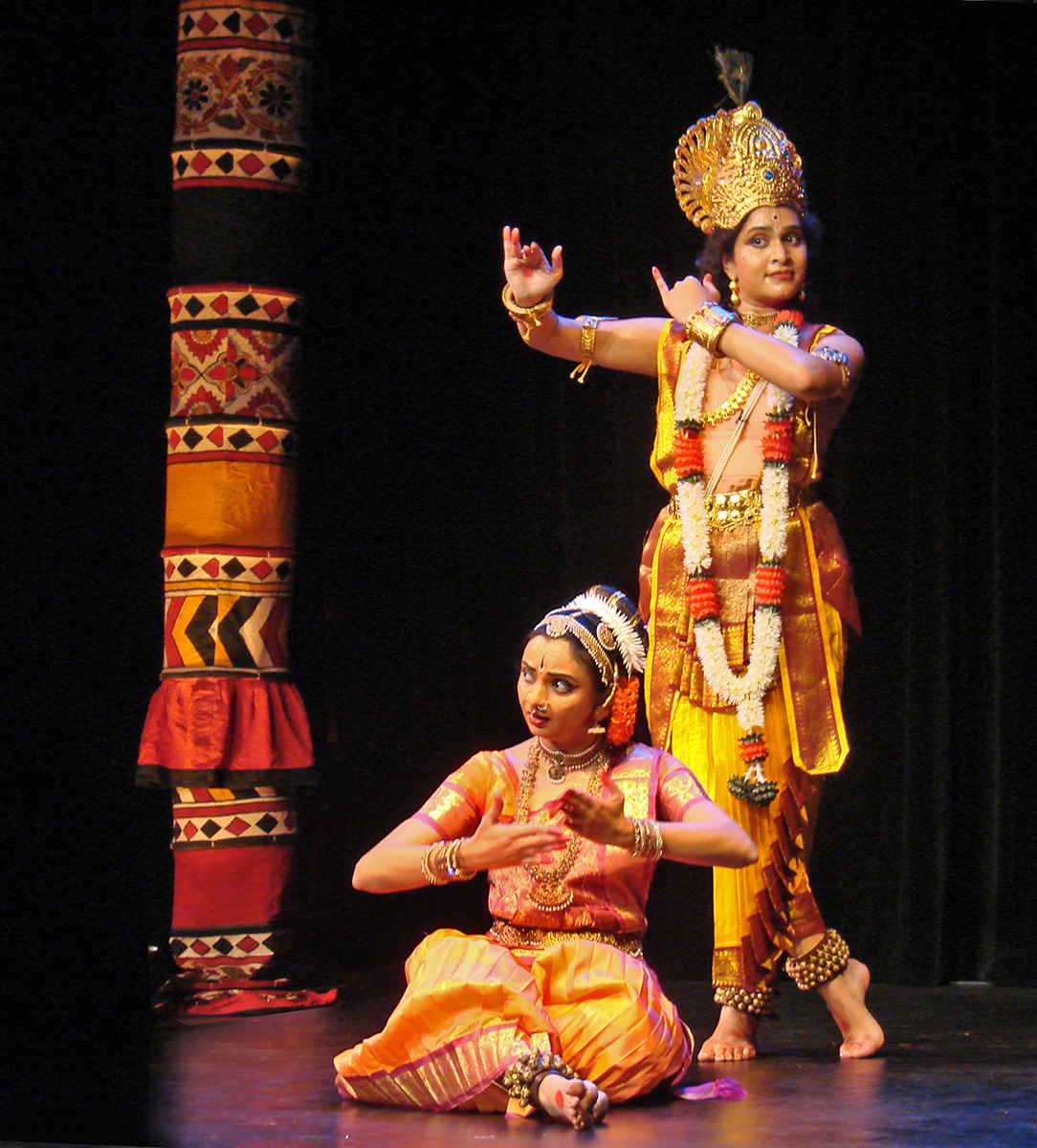

Classical Dance
It is particularly problematic to talk of classical Indian dance. The problem stems partly from the definition of the word "classical", and partly from the nature of the Indian dance forms.
We will use three simple benchmarks to determine whether something is "classical". The first benchmark is age. The second is its ability to cross ethnic boundaries, and third is class associations.
Age is the first benchmark to come to anyone's mind. It is generally acknowledged that for something to be considered classical, it must have great age. This seems simple at first, but it begs the obvious question of how one determines age. Clearly every performance exists in the here-and-now, so the performance itself cannot be used. Although the performance may not be used to determine age, we might consider using the genre. This would be acceptable to many people; however if this is used, it is surprising how recently some genre have developed. For instance Bharat Natyam as it is thought of today, only goes back to the early 20th century! Since the genre also produces ages which are not acceptable in traditional Indian world views, most Indians would use the tradition to define age. (The relationship between performance, genre, and tradition will be discussed later.)
The ability to span different ethnic groups is another common benchmark. This is best illustrated by a simple model put forth by the anthropologist, Robert Redfield in the early to middle part of the 20th century. According to Redfield's model, there are "great" and "little" traditions. We may simplify theses concepts by saying that "little" traditions are the folk traditions while the "great" traditions are the classical traditions. The "great" tradition of European classical music was able to span the different ethnic groups that extend from Russia, throughout Europe, and even into the new world, yet the "little" folk traditions remained isolated to smaller geographical areas. It is in this same manner that Carnatic classical music spans the diverse cultures of Tamil Nadu, Kerala, Carnatica, or Andhra Pradesh.
Cultural connotations are also a benchmark for determining whether something is classical. "Classical" arts tend to be used by the upper classes to define their cultural identity.
So we have three benchmarks to define "classical"; age, transethnicity, and class associations. These benchmarks work very well in describing Indian classical music (both Hindustani and Carnatic), but the various schools of dance tend to fall short in one or more areas.
This brings up the curious question of how many classical dance forms there are in India. Since all the various schools of dance are deficient in one or more of the benchmarks, one may argue that there are no classical dance forms in India. I think that most people would be dissatisfied with this proposition. On the other hand if we relax our criteria excessively, we find that there may be a dozen "classical" forms. I think that this too, is unacceptable to most people.
Therefore we will try and steer a middle path. One that will produce about half a dozen systems. If a reader wishes to take exception with our inclusion of a particular form as "classical", we certainly understand. As has already been stated there are ample reasons to disallow particular genres as being classical. By the same token if a reader takes exception to the exclusion of a particular genre, this too is understandable. It is our belief that the informed reader may make their own decision in these matters.
Asian Dancing
The main influence on dance styles in Asia comes from India. Many Asian dances make use of stylized hand movements, particularly those from countries such as india,sri Lanka, Burma, Thailand and Cambodia.
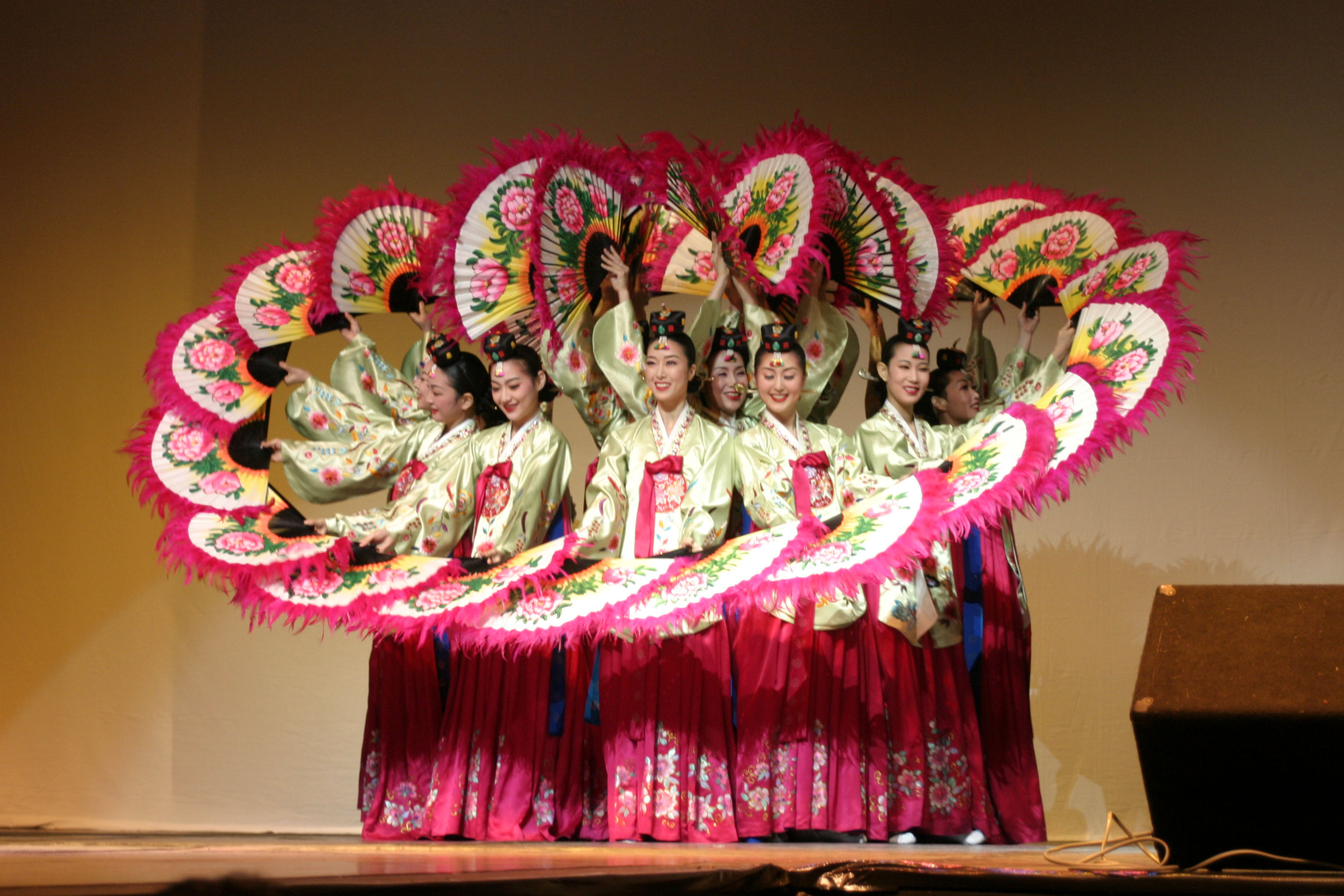
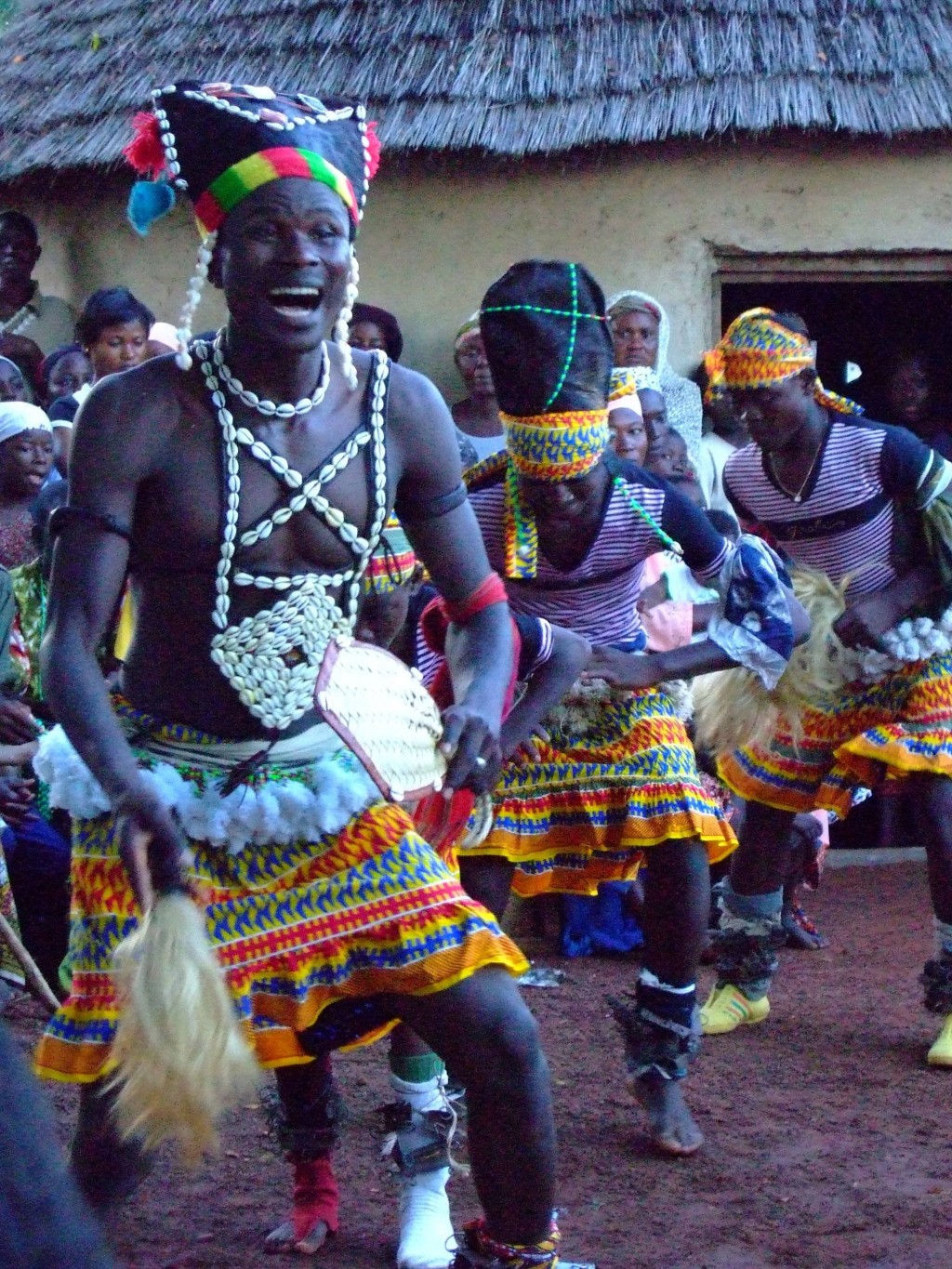
African Dance
Dancing is a essential part of life to many africans, and important events, such as births, deaths, and initiation to adulthood, are all observed by dancing. African dancers can last for many hours. The dances for men are usually very energetic, and includes a lot of stampings and leaping. Women tend to do more gentle dances, clapping and swaying to the music or rhythm.
Europian folk dancing
Every Europian
country has its folk dance, which are now essentially social. Some
of them have been taken to other countries by settlers. The dances
are often performed in traditional costumes and many of them
involve people forming simple patterns, such as lines and
circles..

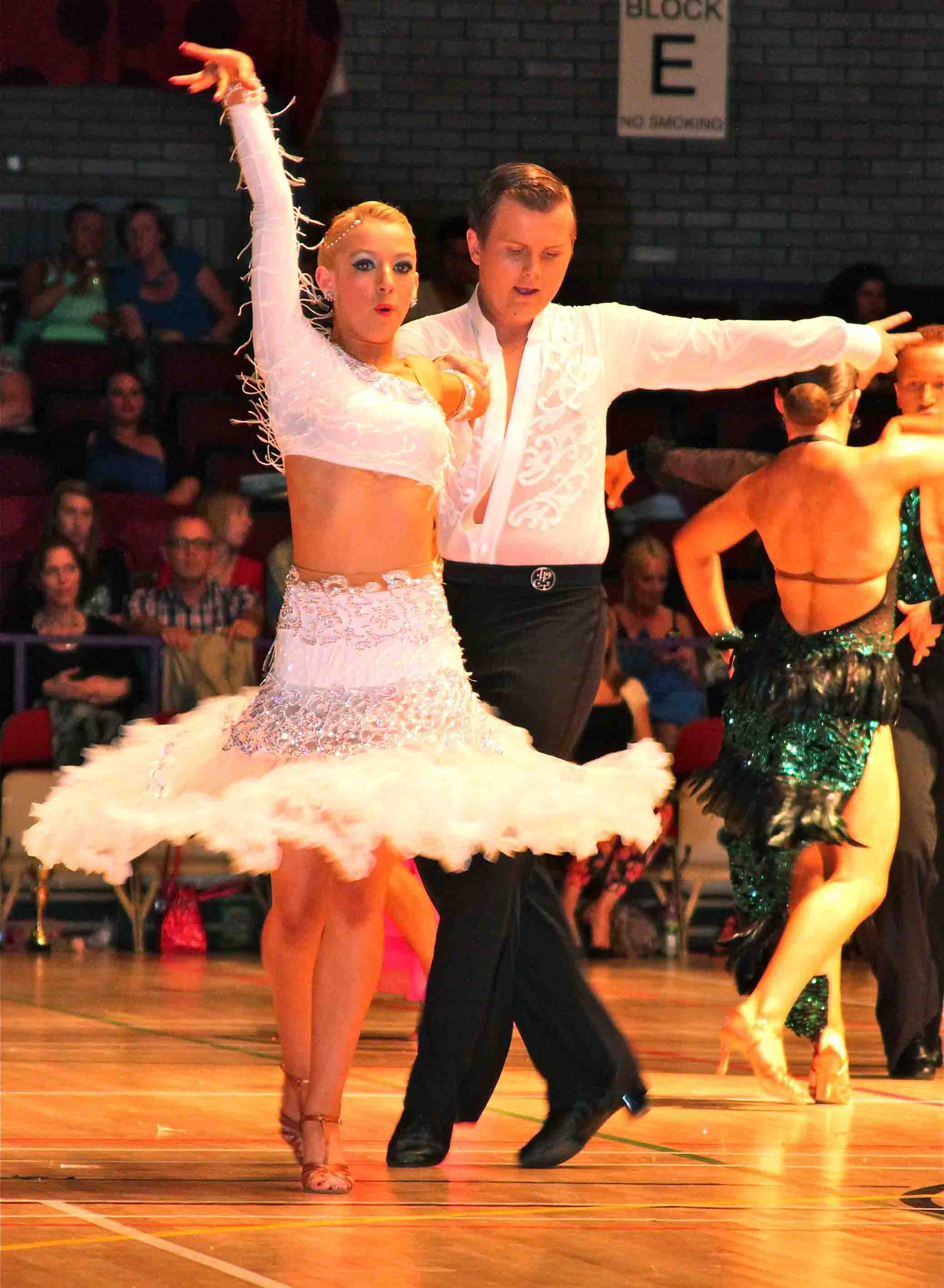
South American dancing
The dances of Central and South America reflect the cultures not only of the native people who have long occupied the region, but also of the Europian colonists and their American slaves. Many dances that originated in this region, such as tango and samba, have become popular all over the world.
Ballroom dancing
Developed in the courts of Europe, many ballroom dances, such as the waltz and samba, were adapted from folk dances. They were danced on flat,polished floors,which allowed for elegant gliding movements, rather than the jumping and stamping, which folk dancers developed to cope with the rough floors or grass on which they danced.
